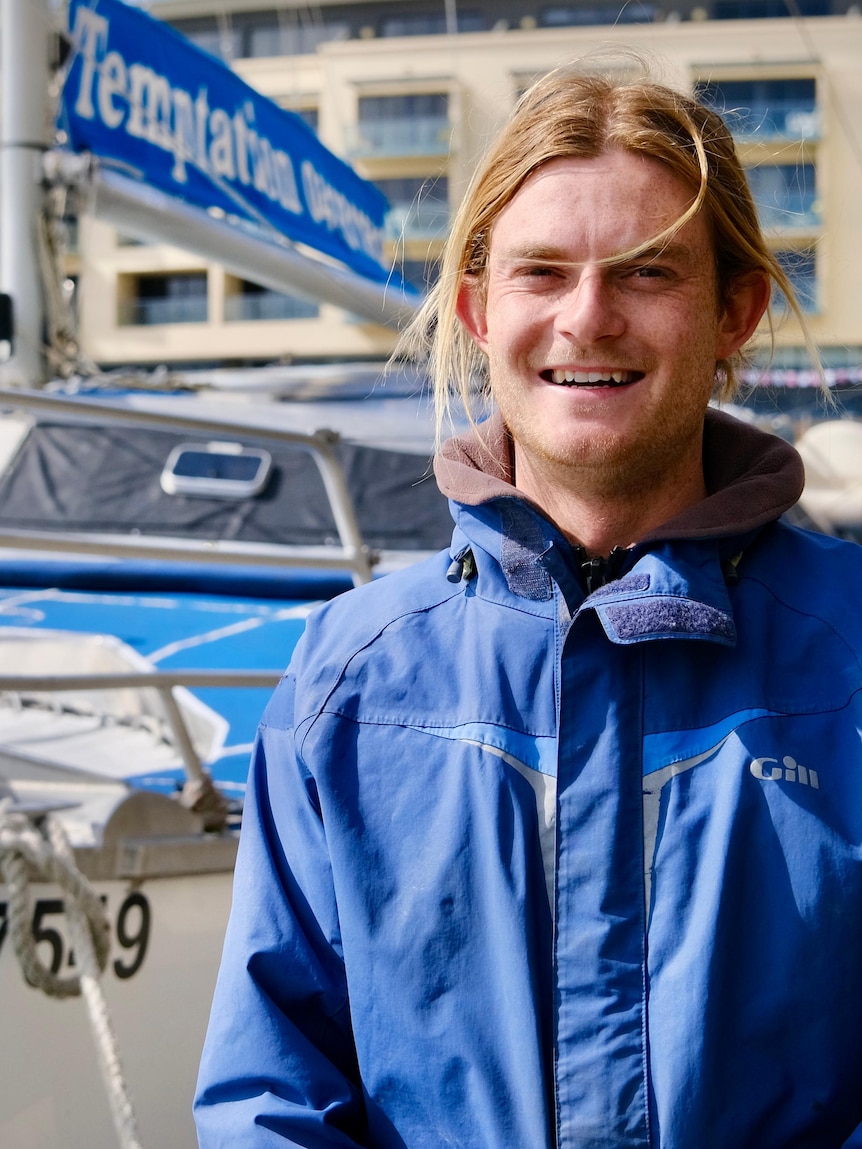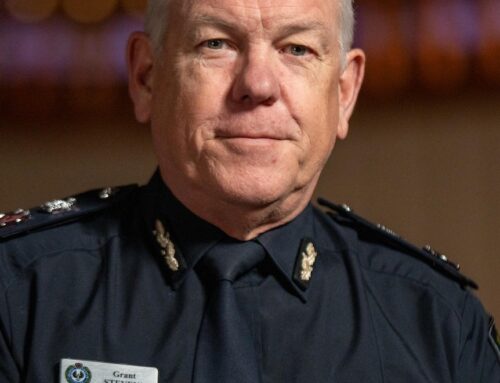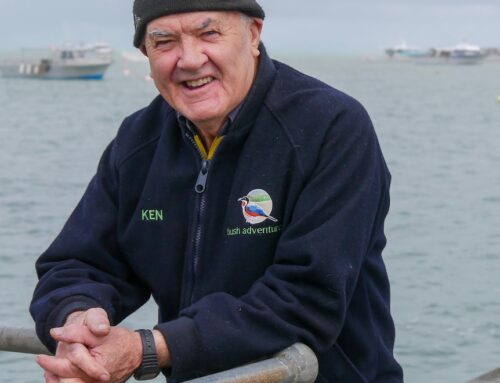Hundreds of thousands of international tourists have not returned to Adelaide after the COVID-19 pandemic, with Adelaide Airport recording more than a 30 per cent drop in overseas visitors.
Key points:
- Adelaide Airport saw a 34 per cent drop in international passengers post-pandemic
- Experts say the shortfall is not unexpected because it follows a national trend
- The state government says more international flights will help fix the issue
The total number of international passenger arrivals and departures to and from Adelaide dropped from 1,063,216 in the 2018-19 financial year to 698,548 in the 2022-23 financial year — a shortfall of 34 per cent, according to Adelaide Airport data.
Owner and skipper of catamaran tour company Temptation Sailing, William Pyke, said while he thought the figure would not bounce back straight away, he did not think it would take this long.
“We’re at about 40 to 50 per cent of our international visitors compared to pre-COVID so that’s slowly coming back,” Mr Pyke said.
“It’s a bit of a mixed bag but we generally would find international tourists are more willing to do experiences like ours.”
Mr Pyke has operated the Glenelg-based business for more than three years, running dolphin cruises and private charters.
He said that most of the recent bookings had been from within Australia, with a notable decline in tourists from Asian countries.
“We’re starting to see some backpackers and younger people from Europe in particular and not really seeing any Asian market come back yet,” he said.
“A lot of other tourism businesses and eco-tourism businesses as well seem like they have had a steady decline of international tourists and they are wanting them to come back as well.“
Australia’s distance ‘a challenge’
Flinders University tourism researcher Roberta Crouch said Adelaide’s shortfall in international passengers is not unexpected, because a large number of overseas visitors have not returned to Australia as a whole.
“We have to remember that we are a long way away and that has always been a challenge for Australia,” Professor Crouch said.
“The further people have to travel the more they need to think about it, the more they need to plan for it.”
Professor Crouch researches what the rest of the world thinks of Australia.
She said Adelaide has always had to work harder to convince the tourists that the so-called “City of Churches” was a desirable and worthwhile tourism destination.
“People have heard of Sydney, they’ve heard of the Gold Coast, Uluru and the Great Barrier Reef,” she said.
“Whereas Adelaide has never been a primary destination for many international travellers, but there’s strategies in place to address that.”
SA government promotes major events
In a statement, SA’s Tourism Minister, Zoe Bettison, said while tourism to the state had “never been stronger”, she would continue to work with the South Australian Tourism Commission to drive up international visitation.
“We’re seeing great momentum in South Australia, with international expenditure in the state increasing by 24 per cent in the last quarter alone — it is now worth $1 billion, just shy of its pre-pandemic $1.2 billion,” Ms Bettison said.
“Our strong suite of new major events, including LIV Golf Adelaide and AFL Gather Round — and this weekend’s Harvest Rock festival — give visitors just another reason to visit South Australia.”
The minister said the state government was in discussions with other airlines in an attempt to attract them to South Australia and “drive the full recovery of international visitation as soon as possible”.
Professor Crouch said the state’s tourism sector should not be “disheartened” by the slow recovery post-pandemic.
She predicts that Australia’s improving relations with China will see large groups of tourists return within the next few months.
“I think we need to remember that the Chinese tourism market is likely to rebound strongly now,” she said.
“The more opportunities people have to get on a plane to come down to Australia, in particular South Australia, it helps.”




